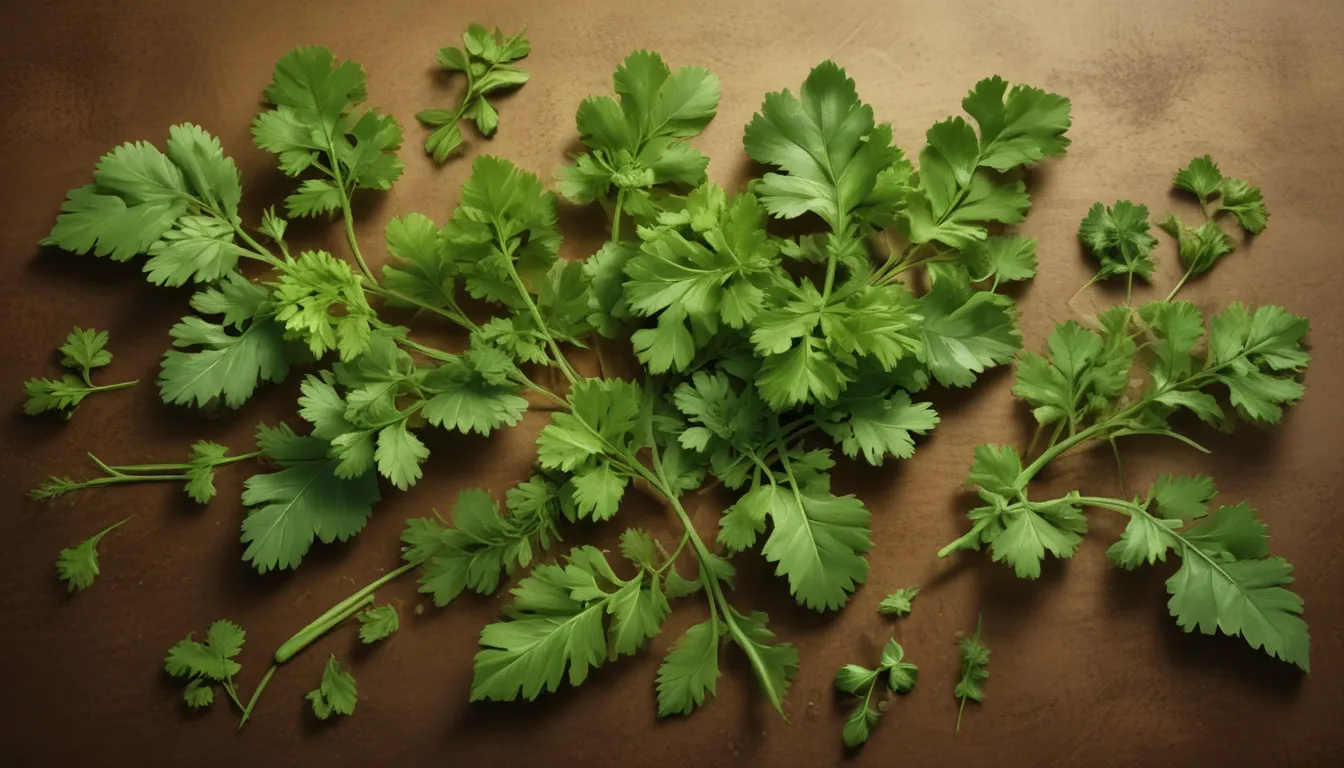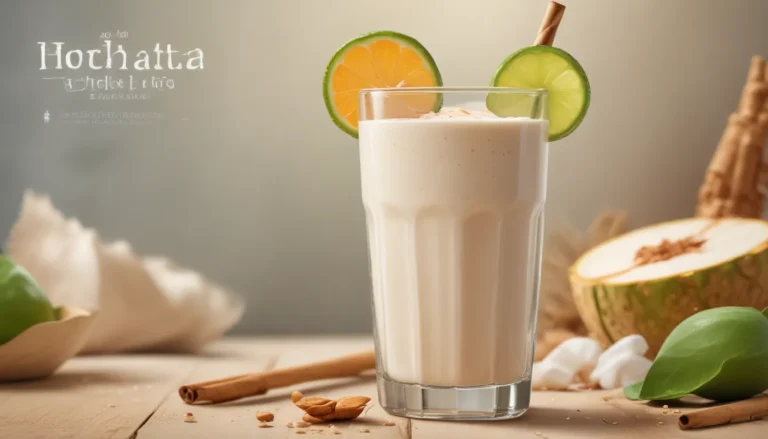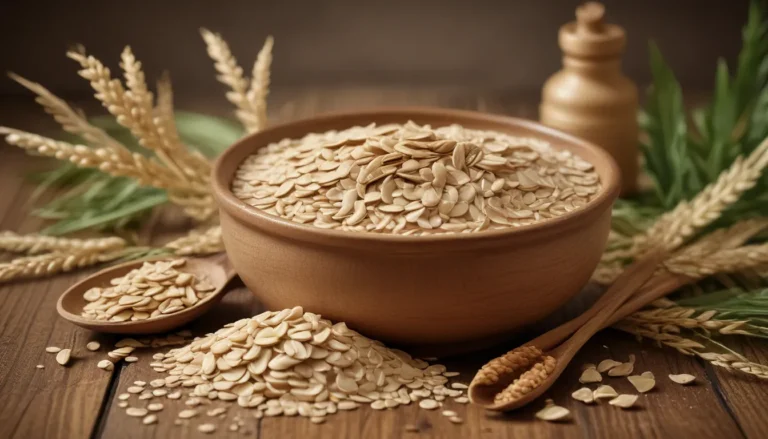The pictures in our articles might not always show exactly what the text is talking about. We use these images to make the article more interesting and eye-catching. They are there to add to the text, but not to replace it or show every detail.
Coriander leaves, known as cilantro or Chinese parsley, are a delightful herb that enhances the flavors of dishes worldwide. These small green leaves not only add a refreshing citrusy flavor but also offer a plethora of health benefits. Let's delve into 20 intriguing facts about coriander leaves, shedding light on their rich history, nutritional value, and diverse uses.
Discovering the World of Coriander Leaves
- Also Known as Cilantro: Coriander leaves are scientifically called Coriandrum sativum but are commonly known as cilantro in many regions, especially in the Americas.
- Versatile Culinary Delight: Celebrated for their unique flavor, coriander leaves are a staple in various cuisines globally, from Asian curries to Mexican salsas.
- Distinctive Aroma: The distinct citrusy and refreshing aroma of coriander leaves enhances the taste and fragrance of dishes, creating a truly aromatic experience.
Nutritional Bounty of Coriander Leaves
- Rich in Vitamins and Minerals: Coriander leaves are an excellent source of vitamin C, vitamin K, and dietary fiber, providing a nutritious boost to any meal.
- Ancient Medicinal Uses: For centuries, coriander leaves have been used in traditional medicine to address digestive issues, inflammation, and promote overall well-being.
- Heart-Healthy Choice: Studies suggest that coriander leaves' antioxidants can lower cholesterol and support heart health, reducing the risk of heart disease.
Cultivating and Cooking with Coriander Leaves
- Easy to Grow at Home: Thriving in various climates, coriander leaves can be grown in containers or gardens, ensuring a fresh supply for home cooks.
- Indian Cuisine Staple: Integral to many traditional Indian dishes, coriander leaves add complexity and depth to the vibrant flavors of chutneys and curries.
- Raw and Cooked Delights: Coriander leaves can be used as a garnish or incorporated into a wide range of dishes, from salads to marinades, offering versatility in culinary creations.
Exploring Health Benefits and Cultural Significance
- Detoxifying Delights: Coriander leaves' cleansing properties make them a popular ingredient in detoxifying drinks, supporting the body's natural detoxification processes.
- Symbol of Love and Fertility: In some cultures, coriander leaves are considered symbols of love and fertility, used in ceremonies to bring blessings and good fortune.
- Antimicrobial Power: Due to their antimicrobial properties, coriander leaves serve as a natural preservative, aiding in food preservation and preventing spoilage.
Embracing the Heritage and Flavor of Coriander Leaves
- Thousands of Years of Legacy: Coriander leaves have a rich history, dating back thousands of years and being prominent in ancient Egyptian, Greek, and Roman cuisines.
- Cooling Properties: Known for their cooling effect, coriander leaves balance spicy flavors in dishes, providing a refreshing and soothing culinary experience.
- Versatile Pesto Possibilities: Just like basil, coriander leaves can be transformed into a flavorful pesto sauce, offering a vibrant twist to traditional recipes.
Conclusion: A Versatile Herb with Abundant Benefits
Coriander leaves, whether you call them cilantro or Chinese parsley, are a versatile herb that transcends culinary boundaries. Packed with flavor and nutrients, these small green leaves have a fascinating history and a multitude of uses. From ancient medicinal practices to modern culinary delights, coriander leaves continue to captivate taste buds worldwide.
FAQs: Unveiling the Mysteries of Coriander Leaves
- What are coriander leaves? Coriander leaves are the lush green leaves of the coriander plant, also known as cilantro or Chinese parsley, with a unique flavor profile.
- Are coriander leaves and cilantro the same? Yes, coriander leaves and cilantro are interchangeable terms for the same herb, varying in regional nomenclature.
- How do coriander leaves taste? With a vibrant citrusy flavor and peppery undertones, coriander leaves impart freshness and aroma to dishes.
- What are the health benefits of coriander leaves? Rich in vitamins, minerals, and antioxidants, coriander leaves offer digestive support, cholesterol reduction, and antibacterial properties.
- How can I use coriander leaves in cooking? From garnishes to flavorful chutneys, coriander leaves enhance soups, salads, curries, and various culinary creations.
- Can coriander leaves be grown at home? Yes, coriander leaves thrive in home gardens, requiring well-drained soil, sunlight, and water for easy cultivation.
- Are coriander leaves employed in traditional medicine? Yes, coriander leaves are valued for their digestive and anti-inflammatory properties, as well as detoxifying effects in traditional remedies.
- Can coriander leaves be frozen? Yes, coriander leaves can be frozen for future use by washing, chopping, and storing them in airtight containers or freezing them in ice cube trays with water.
- Are there any side effects to consuming coriander leaves? While generally safe for consumption, some individuals may be allergic to coriander leaves, experiencing skin rashes or respiratory issues.
- Are coriander leaves suitable for beverages? Indeed, coriander leaves can add a refreshing touch to beverages, flavoring homemade lemonades, smoothies, or infused water.
Embark on a flavorful journey with coriander leaves, exploring their culinary charm and healthful benefits. Whether adding a sprinkle to your dishes or crafting zesty pesto sauces, coriander leaves promise an enriching experience for your palate. Embrace the heritage and versatility of this beloved herb, infusing your meals with the essence of coriander leaves' rich history and vibrant flavors.






